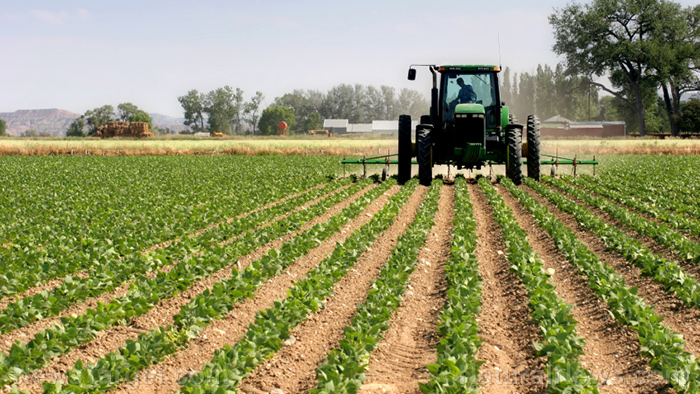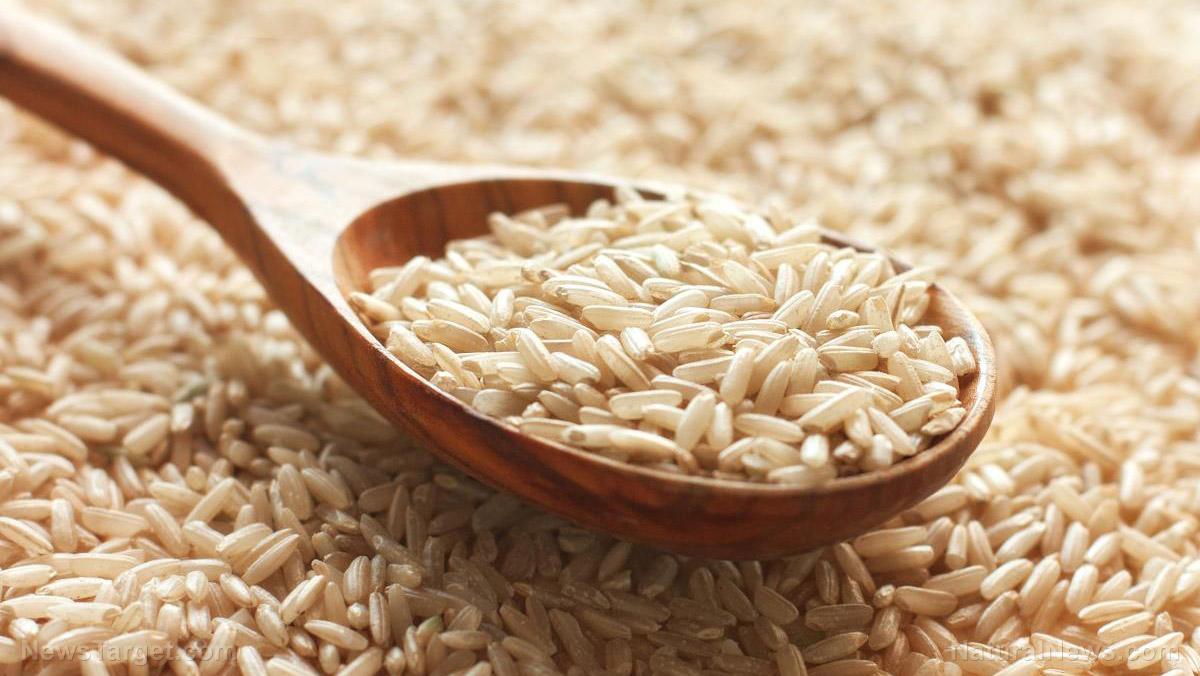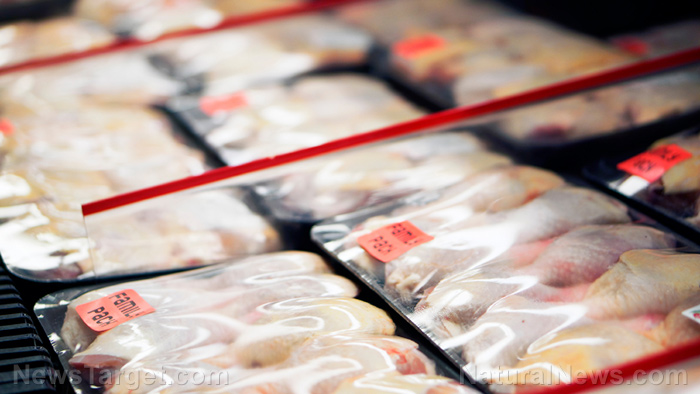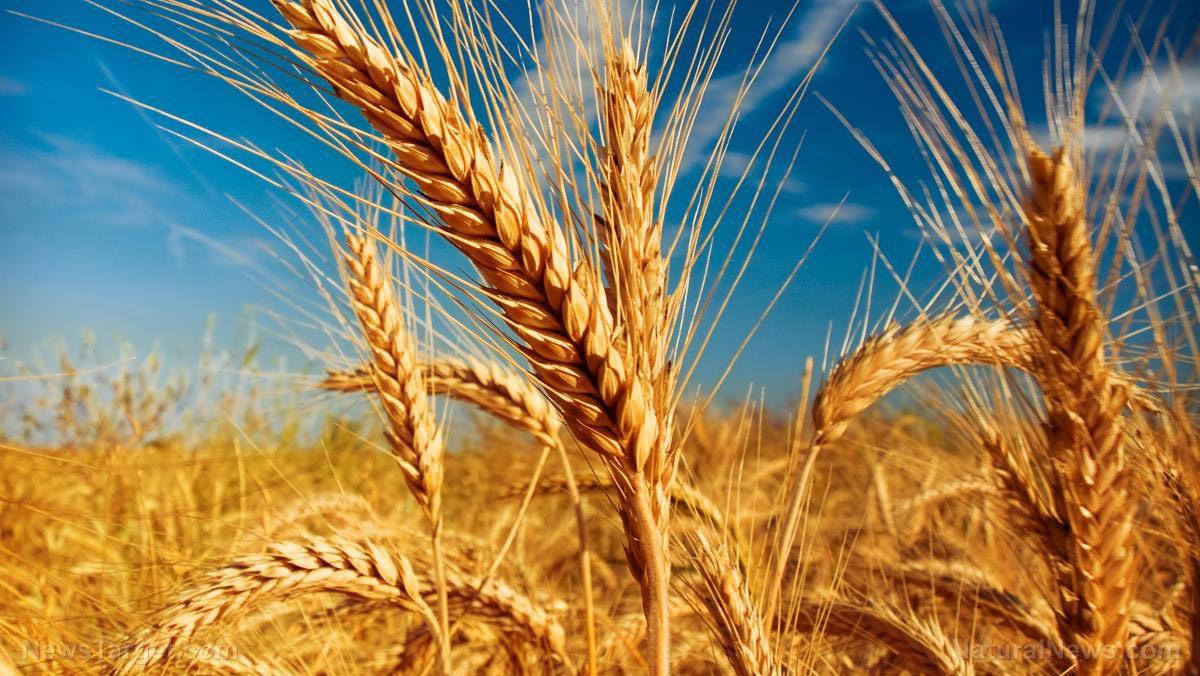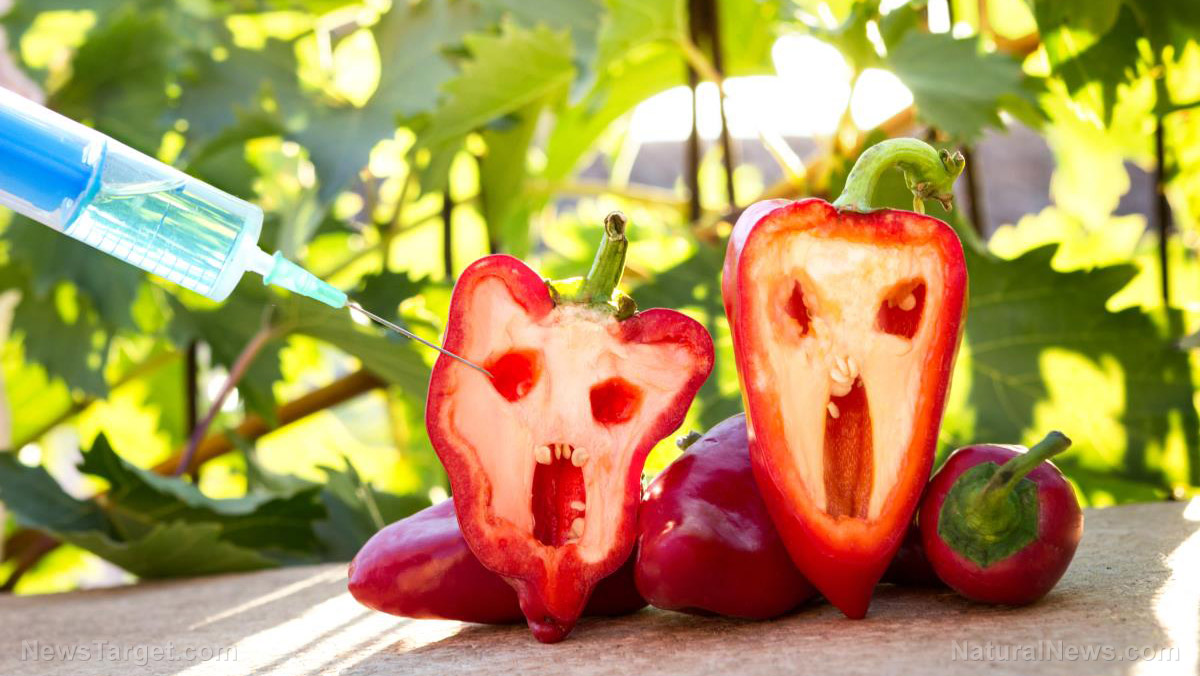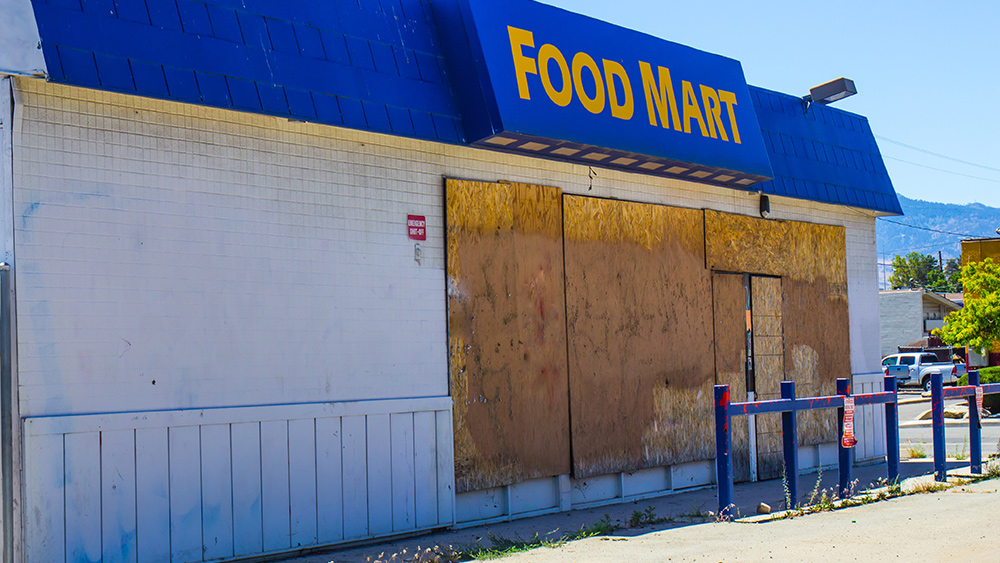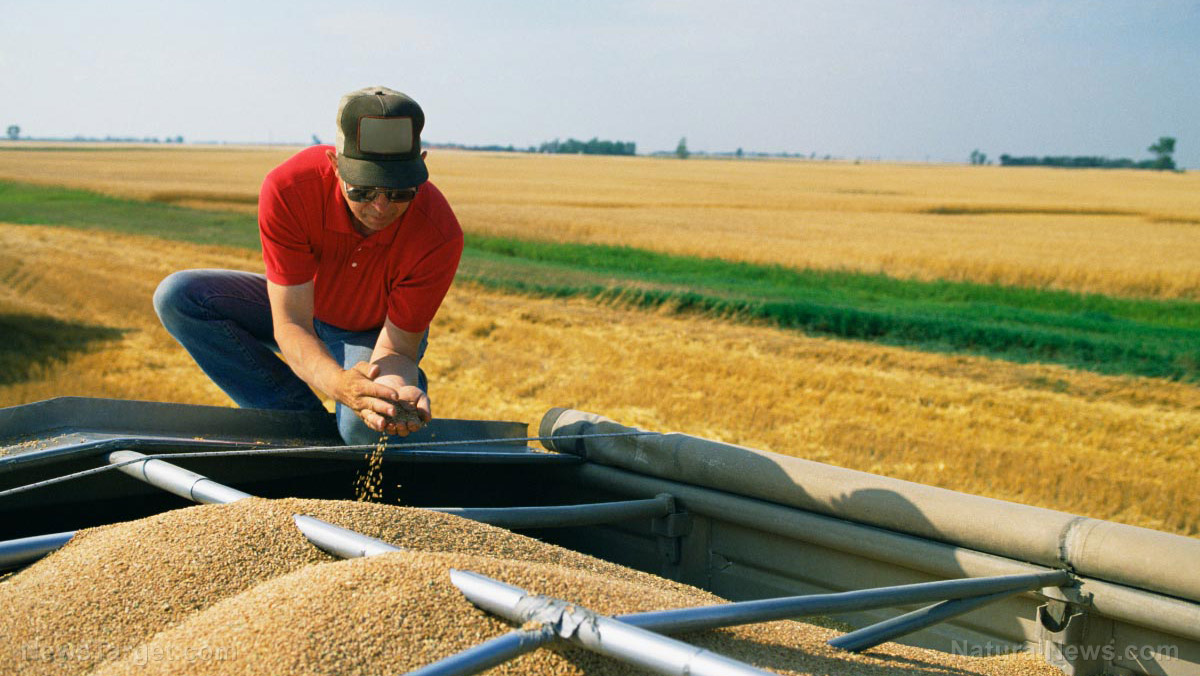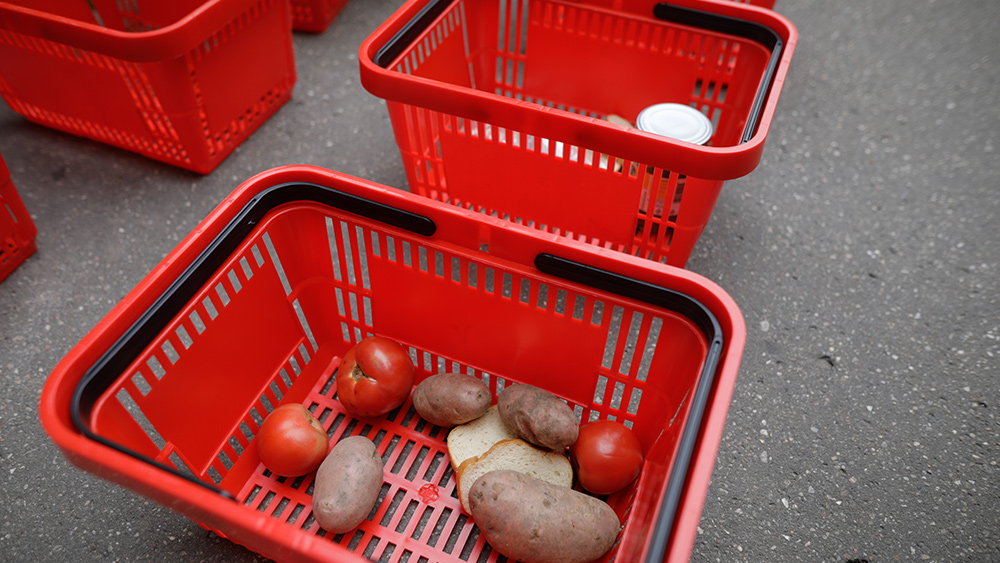Corn, soybean, wheat, oat planting in the US now far behind their five-year averages
05/26/2022 / By Arsenio Toledo

The process of planting corn, soybeans, wheat and oats in America is significantly slower compared to the five-year average.
As of May 22, only 72 percent of the corn crop in the United States has been planted. While this is a significant leap from May 15, when only 49 percent of the planting was on the ground, this is still seven percentage points behind the five-year average for late May of 79 percent planted. (Related: Global hunger crisis on the horizon as US, Britain, Australia, others deliberately demolish their own food production.)
The state furthest behind in its planting of the coming corn harvest is North Dakota, with only 20 percent of its crop planted. The state’s five-year average for late May is 46 percent.
North Dakota is followed by Pennsylvania and Ohio, which have only planted 43 percent and 52 percent of their corn, respectively. This represents a drop of 10 and seven percentage points from their five-year averages.
They are then followed by Minnesota and Michigan, which are only 60 percent complete in their planting. While this does not represent any significant change in Michigan’s five-year average, for Minnesota this is a whopping 26 percentage points below the five-year average of 86 percent planted by late May.
Wisconsin, South Dakota and Colorado follow closely Minnesota and Michigan, having only planted 61 percent, 62 percent and 66 percent of their corn crop. These are all under their five-year averages of 69 percent, 71 percent and 72 percent, respectively.
So far, around 39 percent of the corn crop has emerged, which is dismally low compared to the five-year average pace of 51 percent.
Soybean planting also far behind five-year average
Soybean planting is also lagging behind its five-year average. Only around 50 percent of the crop has been planted. This is a drop of five percentage points compared to the five-year average of 55 percent.
North Dakota is once again the furthest behind in its planting of the coming soybean harvest. Only seven percent of the crop has been planted in the state. The five-year average is 47 percent.
Second furthest from the five-year average is Minnesota, which has only planted 32 percent of its crop – a massive drop of 36 percentage points compared to the five-year average of 68 percent.
Minnesota is followed by South Dakota, Ohio and Missouri, which have only planted 34, 36 and 38 percent of their soybeans, respectively, and are down 13 percent, seven percent and two percentage points compared to their five-year averages.
Around 21 percent of the crop has emerged compared with 26 percent for the five-year average.
Pace of wheat, oat planting also slowing down
Only 49 percent of the spring wheat crop has been planted. The five-year average for late May is 83 percent. North Dakota and Minnesota are once again the furthest behind their five-year averages.
“Some spring wheat farmers may now choose to file Prevent Plant rather than plant this late, especially if the mid-week rain hits that area again,” said Al Kluis of Kluis Commodity Advisors, a brokerage firm specializing in supporting agribusinesses.
Prevent Plant, also known as prevented planting, is a term for provisions in insurance policies that farmers can take out if extreme weather conditions prevent them from planting certain crops by the final planting date designated in their insurance policies.
Meanwhile, winter wheat is doing relatively well compared to other crops, as 63 percent of the crop has already been planted. The five-year average is 65 percent. Unfortunately, condition ratings paint a grim picture of the state of the winter wheat harvest.
Forty percent of respondents rated the condition of their winter wheat as either poor or very poor, and only 28 percent said the condition of their crop was good or excellent. This compares badly with the previous average of 18 percent saying their winter wheat is in poor or very poor condition and 47 percent who said their condition is good or excellent.
Oats are also not doing very well, as only 77 percent of the coming harvest has been planted. The five-year average is 90 percent for late May. Fifty-eight percent of the oats have emerged as of May 22. The previous five-year average is 74 percent.
The condition of the oat crop is also deteriorating. Forty-five percent of farmers said their crop is in good or excellent condition and 26 percent said their condition is poor or very poor. This compares to the previous year’s average of 53 percent good or excellent and 14 percent poor or very poor.
Learn more about the state of crops in the U.S. and around the world at WorldAgriculture.news.
Watch this episode of the “Health Ranger Report” as Mike Adams, the Health Ranger, talks about how the United States is continuing to export food and fuel while America faces starvation and scarcity.
This video is from the Health Ranger Report channel on Brighteon.com.
More related stories:
Worldwide famine looms as Russia-Ukraine conflict drags on.
Ukraine reports two-thirds decrease in grain exports while global wheat prices skyrocket.
Bank of England governor warns of coming “apocalyptic” global food shortage.
Heatwave destroys wheat crops in India, accelerating global food collapse.
Sources include:
Submit a correction >>
Tagged Under:
agriculture, chaos, collapse, corn, crops, famine, farming, food collapse, food rationing, food shortage, food supply, harvest, oats, panic, planting, rationing, scarcity, soybean, US, wheat
This article may contain statements that reflect the opinion of the author
RECENT NEWS & ARTICLES
WorldAgriculture.News is a fact-based public education website published by WorldAgriculture News Features, LLC.
All content copyright © 2022 by WorldAgriculture News Features, LLC.
Contact Us with Tips or Corrections
All trademarks, registered trademarks and servicemarks mentioned on this site are the property of their respective owners.



